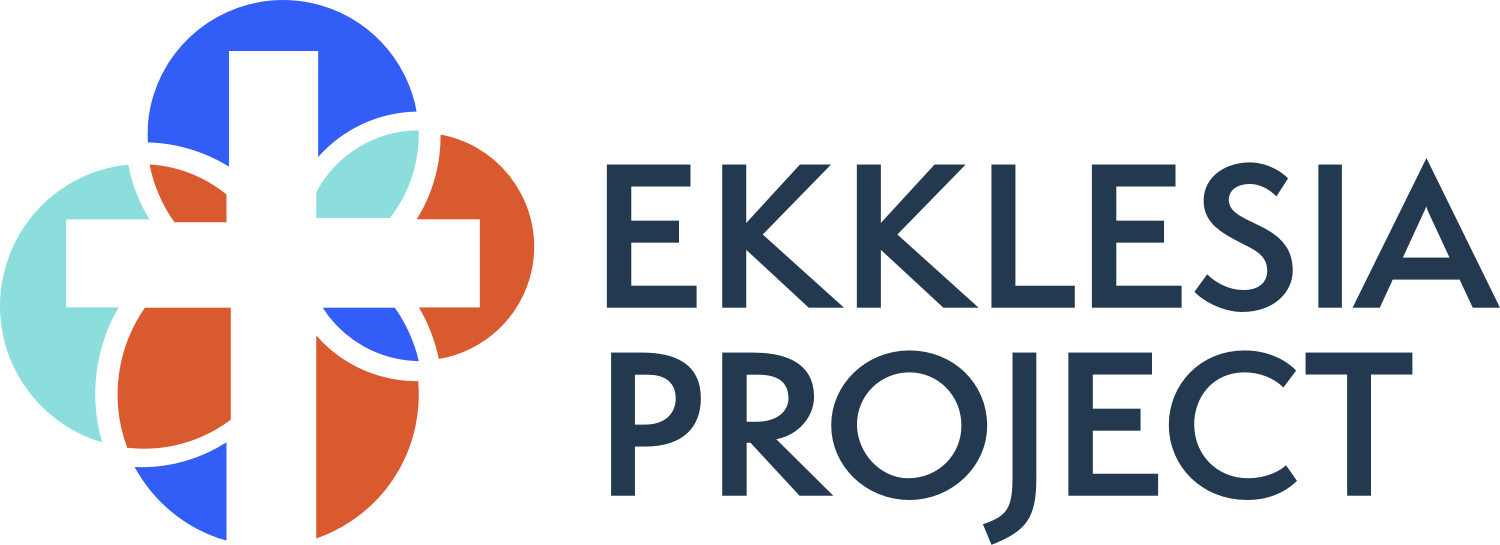The Pointing Church
Third Sunday of Advent
Reading the texts for the Third Sunday in Advent makes me want to paraphrase an old “Sesame Street” song: “One of these texts is not like the others; one of these texts just doesn’t belong.” Can you guess which? On this “Gaudete Sunday”, we’re given three texts which shimmer with joy and breathless anticipation because God is about to break in, bringing newness and fresh hope to a beleaguered community, while our gospel lection puts forward the locust-eating, name-calling John the Baptist, in all of his austere glory. Not exactly the picture of cheer. So what is John the Baptist doing here on this “Rejoicing Sunday”?
While Isaiah practically sings of the One who will cause righteousness and praise to “spring up” before the nations—like seeds, long hidden in the ground, now ready for sprouting, flowering, flourishing—John is, by comparison, stark. No inspiring Kingdom visions of lush, well-watered gardens. No Jubilee promises for the oppressed and the brokenhearted. Nothing, it seems, to invite wonder or anything resembling joy. When asked by the Jewish authorities, “Who are you?”, John’s answers are veiled and unsatisfying.
The religious authorities: Who are you?
John: I am not the Messiah.
The religious authorities: Are you Elijah?
John: I am not.
The religious authorities: Are you the prophet?
John: No.
See what I mean? John is the master of the “negative assertion”, but we want more. We require explanation, a fulsome, well-developed response. Certainty! “Mystery” is fine for detective novels, but not so great for religion. When John does begin to fill out the picture of his identity, he borrows from the prophet, Isaiah, and describes himself only as a “wilderness voice”, the one giving voice to the yearning of God’s heart and the gift which springs from this yearning. John’s role is to prepare the way for the One who IS the Way. John is only a pointer. He is not The Point.
And that’s why, in art, John the Baptist is often portrayed with his bony, second finger extended…pointing—pointing past himself and ahead to something—Someone—not quite yet in the frame. For example, in El Greco’s painting of John the Baptist, the prophet is wearing the expected camel-hair attire, but he’s also carrying a reed cross and there’s a lamb lying at his feet. The painting is heavily-shadowed, as if awash in foreboding. John points. There is One coming after me who will bear a cross. Look to Him. Come and see Him.
“Among you stands one whom you do not know…”, John says of Jesus, and I ask you, isn’t that the invitation for this Gaudete Sunday? To receive this One we can never be too certain of…who cannot be captured even by the best theologies and most thoughtful church practices…whose Kingdom dreams are so wildly beyond us, even as they include us? How refreshing it would be for the Church, especially the American Church, to experience Christ as the Stranger among us, the “One whom we do not know,” rather than as the One we know all too well. We could point to Christ, and not ourselves, as the world’s Healer and Redeemer. We could learn the hopeful patience of those who trust God to be God. Relieved of having to be “God” ourselves, maybe our work on behalf of the Kingdom could take on a kind of buoyancy—a joy, even?—knowing that whatever small seeds we’re given to plant, will somehow still be part of the vast and beautiful garden that God has promised will grow.
John the Baptist may not be our picture of “joy”, but what a gift he’s given to the Church as we live in these “in-between” times, waiting for all of Yahweh’s promises to be fulfilled. A Church which lives out of its vocation to yearn and dream along with God. A Church that can speak from a wilderness place because it has contended with the ache of a groaning creation, with trust in God. In this still-broken world, as we daily witness new expressions of its “unraveling” and new reasons for our hearts to break, John’s witness holds out an invitation that’s meant to free us:
We are not the Messiah.
We are not the Light, but rather witnesses to the Light.
We are pointers to Christ; we are not The Point.
Christ is. Christ is. Christ is!
So Church, light the pink candle and breathe. Breathe and rejoice. The Lord, whom we cannot contain, but only receive, is near. The One who calls you is faithful and will bring all of this about. Amen.
